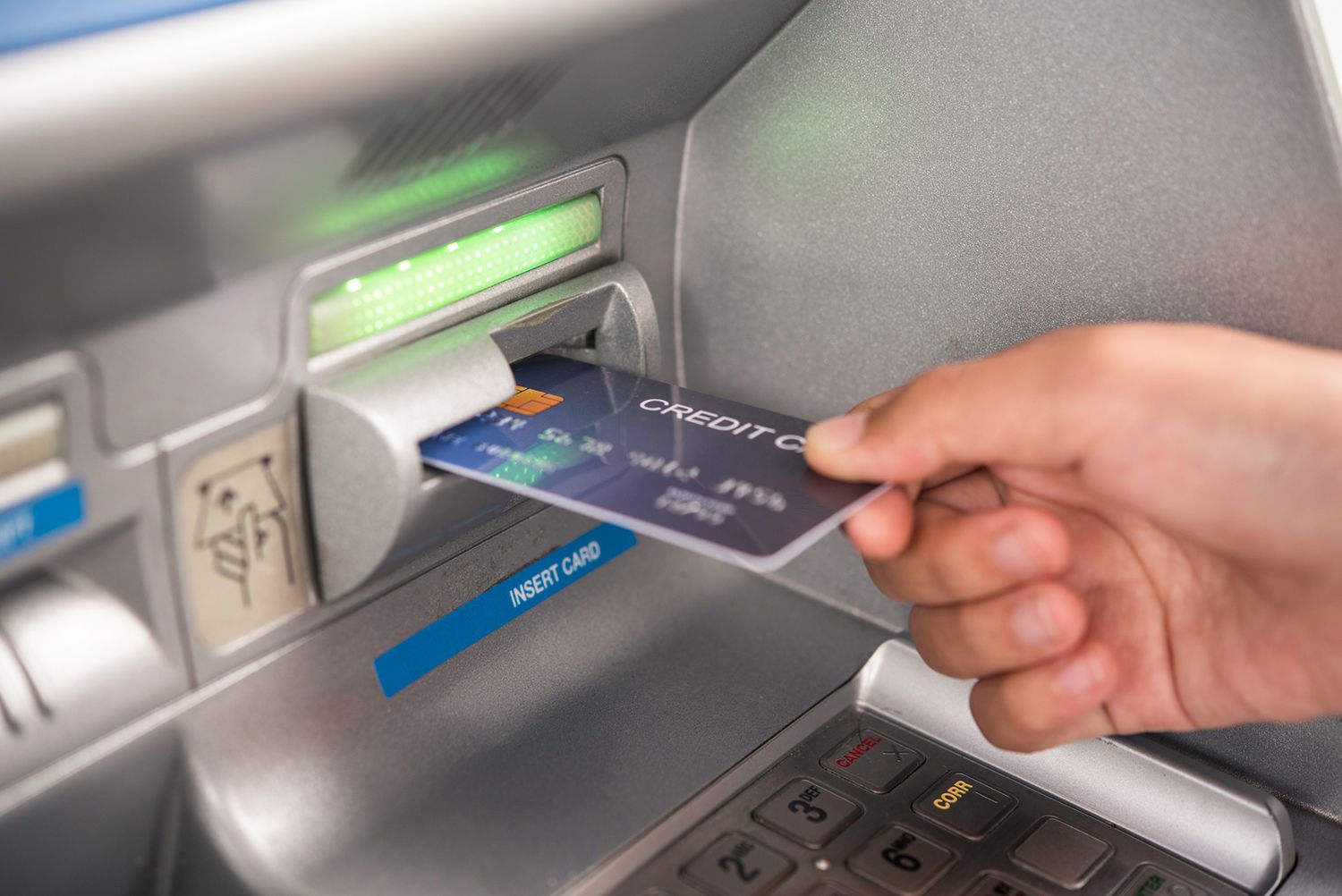The term “dumps with PIN” might sound unfamiliar to the average person, but for IT professionals, security researchers, and data analysts, it represents a critical threat in the digital security landscape. Understanding how these “dumps” occur, their implications, and how to guard against them is essential for anyone working in fields related to data security.
What Are “Dumps with PIN”?
“Dumps with PIN” refer to stolen credit card data that includes a card’s magnetic stripe information (the “dump”) along with its associated personal identification number (PIN). This combination of data provides cybercriminals with the tools to carry out fraudulent transactions, including unauthorized ATM withdrawals and in-person purchases, even as security measures like chip-enabled cards grow more widespread.
These dumps are often marketed and sold on the black market, enabling further criminal activity. Typically, the data is stolen from compromised point-of-sale (POS) systems, skimmers inserted into ATMs, or hacked payment systems of retailers or financial institutions.
How “Dumps with PIN” Are Used
Once criminals obtain a “dump with PIN,” they can replicate a physical credit card using blank plastic cards and specialized equipment. With the physical copy and PIN, they can:
- Withdraw cash from ATMs.
- Conduct in-person purchases requiring PIN verification.
- Sell the copied card for profit via underground markets.
The inclusion of the PIN elevates the threat level of these dumps, as it allows for more complex and damaging types of fraud.
Methods of Theft
Criminals have continually evolved their methods of stealing card data, particularly for capturing both the magnetic stripe information and PIN. Common tactics include:
- Skimming Devices
Skimmers are small, illegal card readers that are often attached to ATMs or gas pumps. These devices copy the data from a card’s magnetic stripe when a victim uses these machines. PINs are often captured using cameras discreetly installed near the keypad.
- Hacked Point-of-Sale Systems
Cybercriminals frequently target POS systems at retailers and restaurants, which process vast amounts of card payments daily. Malware installed on these systems can intercept and relay card and PIN data to the attacker.
- Data Breaches
Large-scale breaches targeting retailers, banks, and payment processors have resulted in the theft of millions of credit card details, as seen in incidents like the 2013 Target breach or the Equifax breach in 2017.
Implications of “Dumps with PIN”
The use of “dumps with PIN” poses substantial risks for businesses, financial institutions, and consumers alike:
1. Financial Loss
Victims of credit card fraud can face significant losses. Though many banks and credit card providers reimburse fraudulent charges, the back-end cost of detecting and addressing breaches can be high for financial institutions.
2. Reputation Damage
Companies that fall victim to breaches resulting in “dumps with PIN” risk serious reputational harm. Consumers may lose trust in businesses where their financial information was compromised.
3. Regulatory Penalties
Firms that fail to adequately secure payment information may also face regulatory penalties, particularly under laws like GDPR or PCI DSS (Payment Card Industry Data Security Standard).
4. Evolving Threats
Even with the advent of more sophisticated security measures, like EMV chips, hackers find new vulnerabilities to exploit, making it an ongoing battle to secure credit card data.
Protecting Against “Dumps with PIN”
While it is impossible to eliminate cybercrime entirely, both individuals and organizations can take proactive steps to minimize risks associated with “dumps with PIN”:
For Individuals:
- Beware of Suspicious ATMs or Card Readers
Check for unusual objects on or near the keypad or card slot. Always cover the PIN pad while entering your number.
- Opt for EMV Chip Transactions
Use chip-enabled cards whenever possible, as they are harder to clone than magnetic stripe cards.
- Monitor Bank Statements
Regularly review card statements to quickly detect and report unfamiliar transactions.
- Leverage Virtual Cards
Some banks and card providers offer virtual credit card numbers for online purchases. These temporary numbers reduce the risk of your actual card being compromised.
For Businesses:
- Secure POS Systems
Regularly update and audit POS systems to guard against malware and unauthorized software installation.
- Adopt End-to-End Encryption
Implement end-to-end encryption (E2EE) for payment processing systems to protect customer data during transmission.
- Conduct Regular Security Audits
Employ penetration testing and vulnerability analysis to uncover potential weak points in your payment infrastructure.
- Employee Training
Educate staff, especially in retail or financial environments, on the importance of cybersecurity best practices.
Examples of High-Profile Credit Card Data Breaches
The significant real-world implications of credit card dumps, including “dumps with PIN,” are illustrated in several high-profile data breaches:
- The Target Breach (2013)
One of the largest breaches in history, attackers infiltrated Target’s POS systems, compromising 40 million credit card details.
- The Equifax Hack (2017)
The breach exposed over 147 million personal records, including credit card information, becoming one of the largest data theft incidents to date.
- Capital One Breach (2019)
This attack saw the personal and financial data of 106 million customers exposed through a hacking exploit.
Why “Dumps with PIN” are Unique
While generic card dumps provide valuable stolen data, the inclusion of a PIN drastically increases the potential for criminal exploitation. This specificity requires businesses and individuals alike to focus on securing not only card data but also the transaction environments where PINs are entered.
Final Thoughts for IT and Security Professionals
For IT professionals, security researchers, and data analysts, combating “dumps with PIN” is a multi-faceted effort. From enhancing POS system security to identifying suspicious patterns in transaction data, there are numerous opportunities to safeguard users and businesses alike.
Awareness is the first step to prevention. By understanding the methods, risks, and mitigation strategies for “dumps with PIN,” professionals can make informed decisions to minimize vulnerability.
If your role involves safeguarding payment systems or analyzing transaction data, consider proactive solutions like AI-driven fraud detection or penetration testing tools to stay ahead of criminal tactics. With the right practices in place, we can make substantial progress against this persistent cybercrime.








